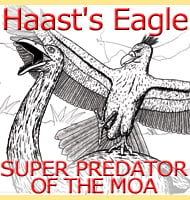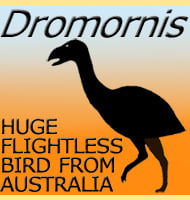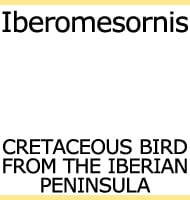Patagopteryx
In Depth Patagopteryx is a very interesting bird since it is known to have had flight capable ancestors, yet evolved to become what is termed secondarily flightless. This makes Patagopteryx one of the earliest examples of a bird that evolved to become flightless in order to fit into a particular ecological niche. So far it … Read more


